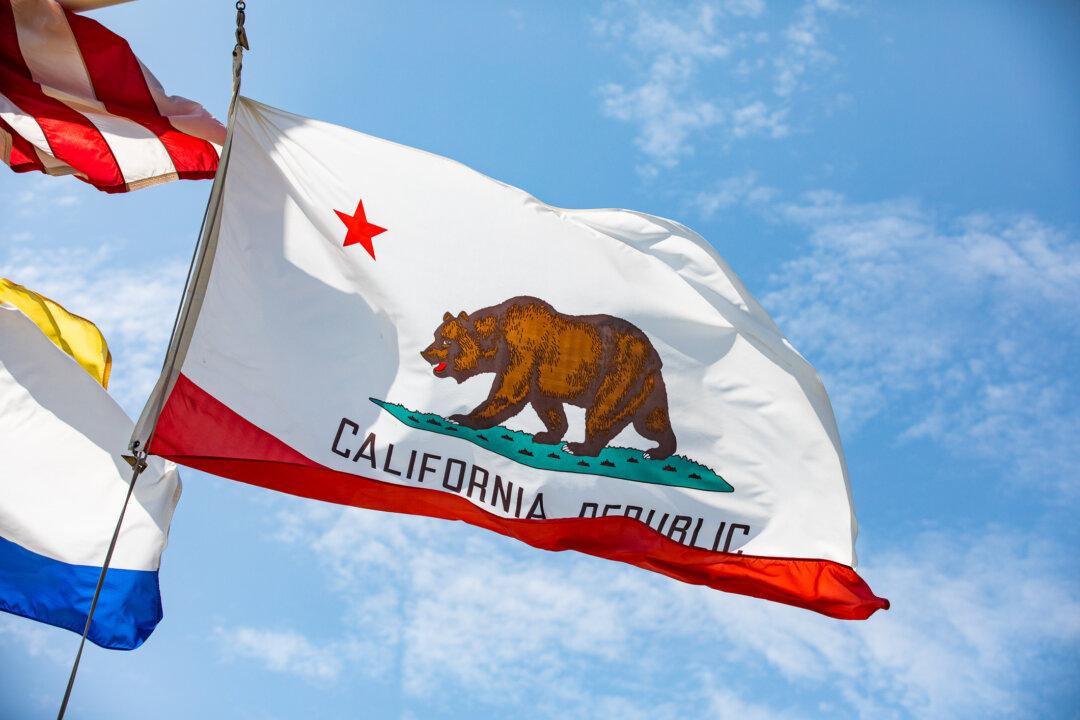Eight California water agencies and the federal government agreed on Nov. 13 to share the costs of raising the B.F. Sisk Dam, which impounds the nation’s largest off-stream reservoir in the San Joaquin Valley.
The agreement dedicates nearly $1 billion to expanding the San Luis Reservoir, adding 130,000 acre-feet of storage. This will provide water for about two million people, over one million acres of farmland, and 135,000 acres of Pacific Flyway wetlands and wildlife habitat.





